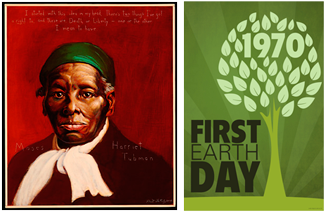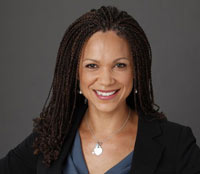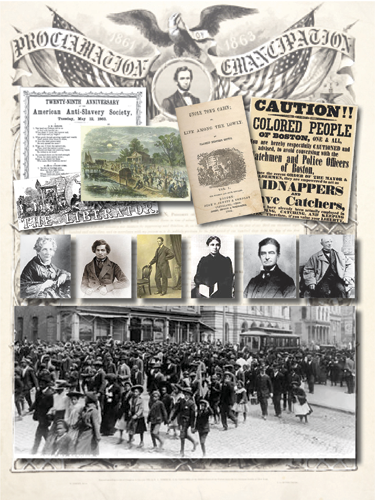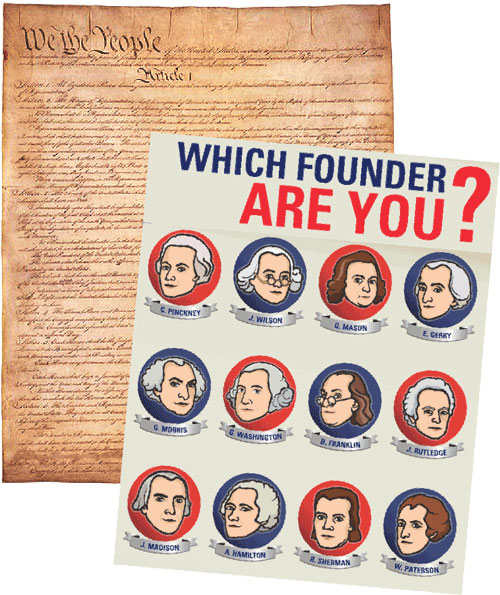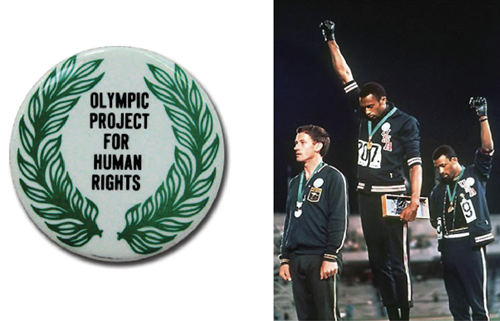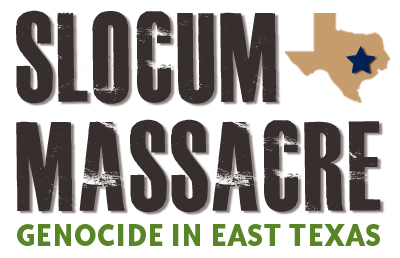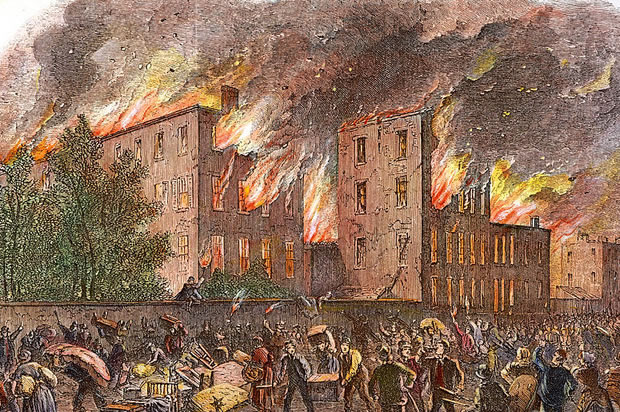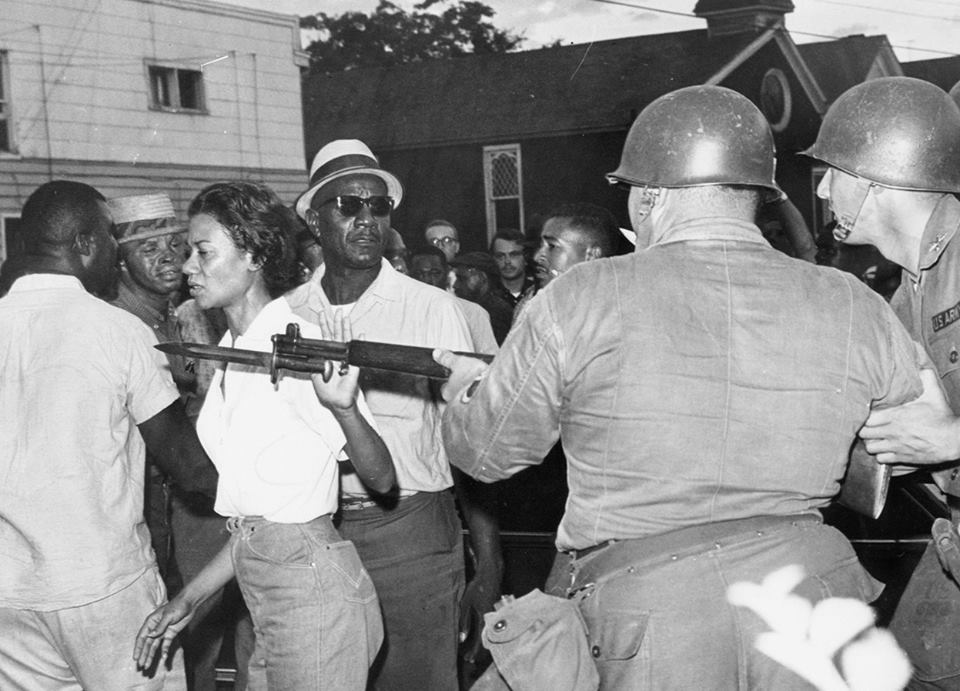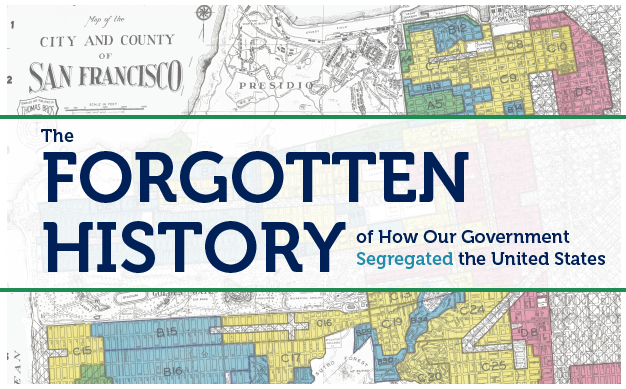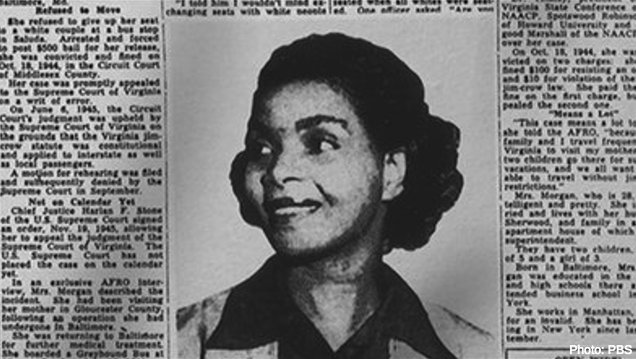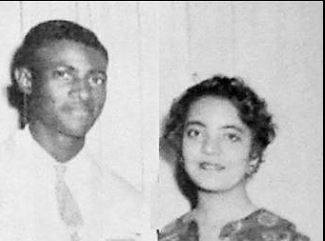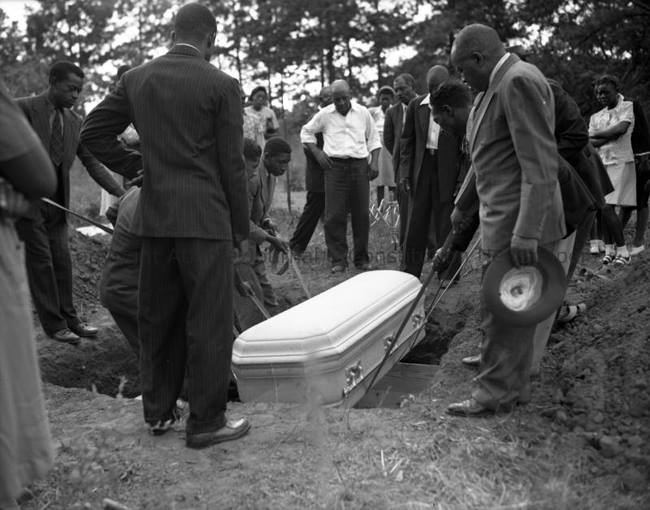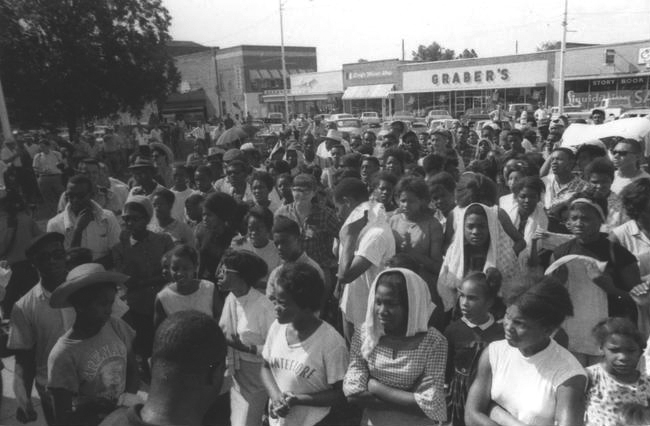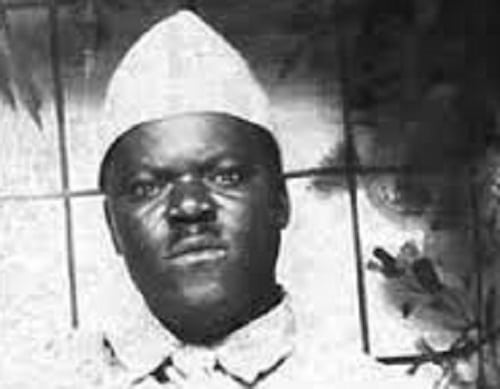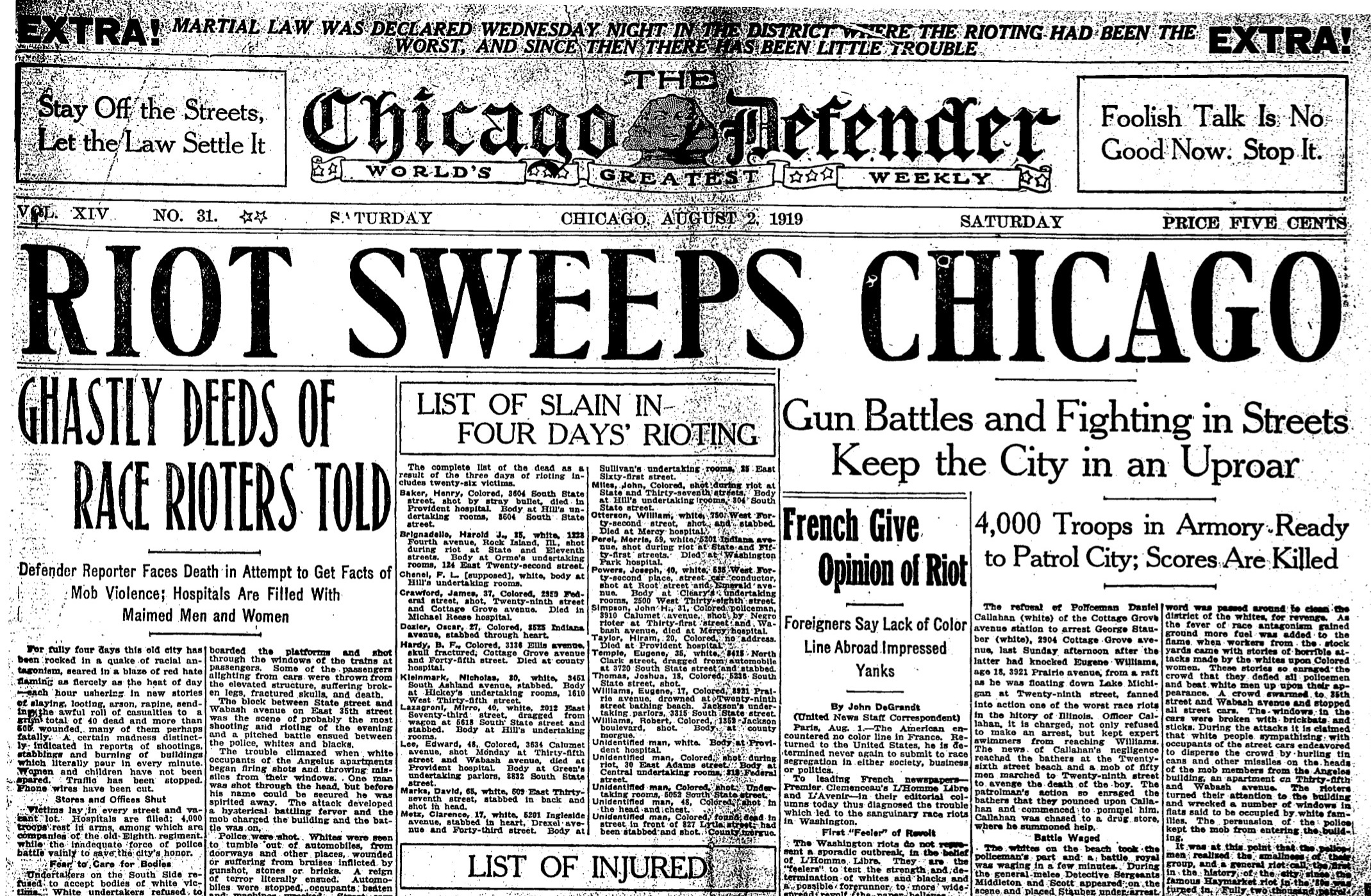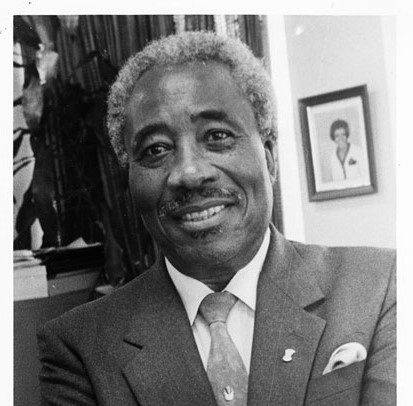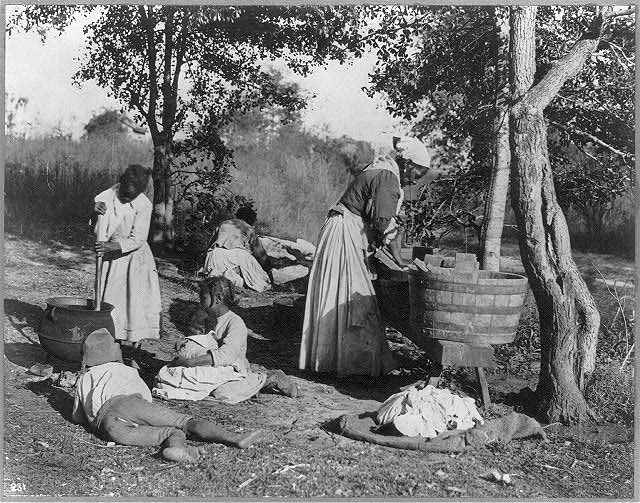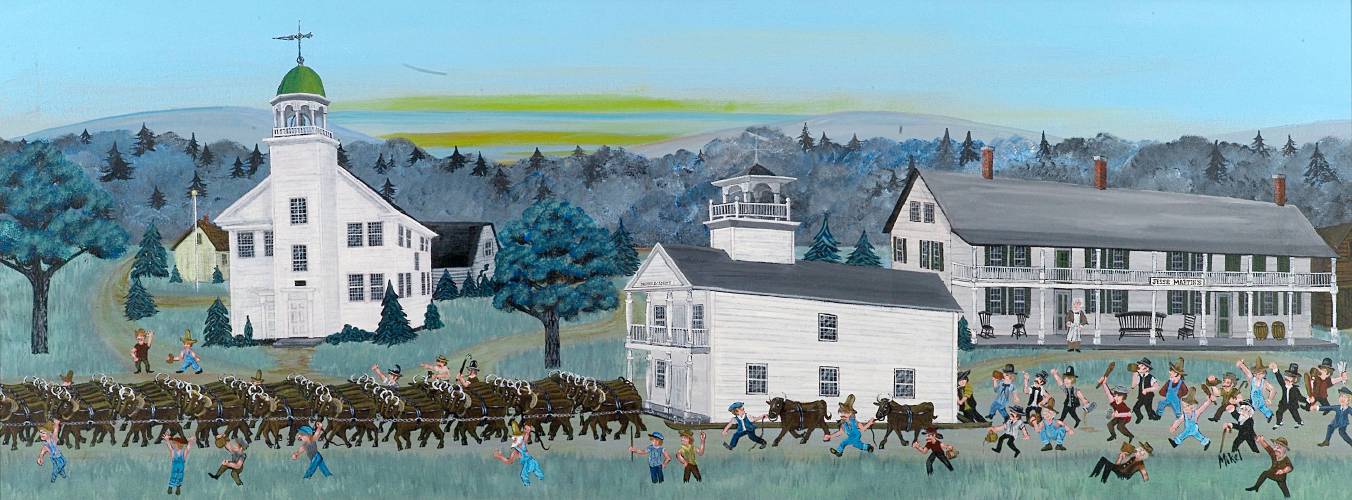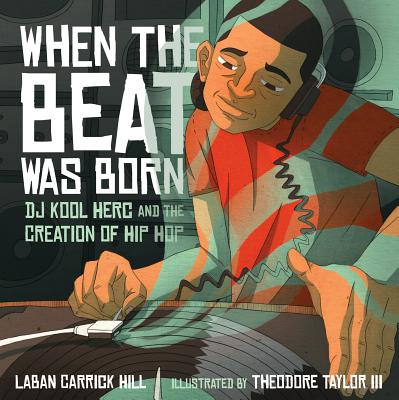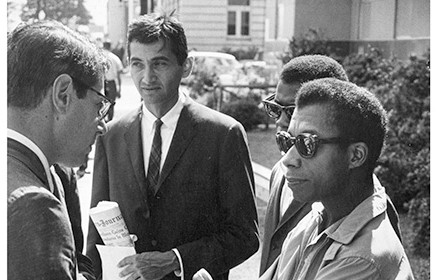Citizens in the small, predominately African American town of Slocum, Texas, were massacred.
Continue reading
A deadly munitions explosion occurred at the Port Chicago Naval Magazine in Port Chicago, California. When the surviving African Americans sailors demanded safer conditions before returning to work, they faced court martial and jail.
Continue reading
The New York City Draft Massacre (“Riots”) were the largest civil insurrection in U.S. history besides the Civil War itself. White mobs attacked the African American community — committing murder and burning homes and institutions (including an orphanage.)
Continue reading
Irene Morgan refused to change her seat on a segregated bus in Virginia.
Continue reading
Ron Walters, Carol Parks-Haun, and other leaders in the NAACP Youth Council organized a sit-in in Greensboro, North Carolina.
Continue reading
Two young African American couples — one of the men a WWII veteran — were lynched near the Moore’s Ford Bridge.
Continue reading
U.S. District Judge issued an injunction ordering police in Grenada, Mississippi to stop interfering with lawful protest. This ruling followed weeks of arrests and beating of demonstrators who had been attempting to desegregate businesses in the town.
Continue reading
WWII veteran Maceo Snipes was murdered after casting his vote in the Georgia Democratic Primary.
Continue reading
Sparked by a white police officer’s refusal to make an arrest in the murder of a Black teenager, violence in Chicago lasted almost a week. At least 38 people were killed and thousands of Black homes were looted and damaged during Red Summer.
Continue reading
Book — Non-fiction. By Eve L. Ewing. 2019. 96 pages.
Poetic reflections on the Chicago Race Riots of 1919 — part of 'Red Summer' — in a history told through Ewing's speculative and Afrofuturist lenses.
Continue reading
WWII veteran Ozell Sutton was denied service at the Arkansas Capitol cafeteria after visiting the building to collect voter registration materials.
Continue reading
In early Colonial Virginia, Elizabeth Key became the first woman of African descent in the North American colonies to sue for her freedom and win.
Continue reading
Black women in Atlanta who washed clothes for a living organized an effective Reconstruction era strike — with clear demands, strategic timing, and door-to-door canvassing.
Continue reading
Nearly 500 white men destroyed the integrated Noyes Academy in Canaan, New Hampshire.
Continue reading
Hip hop’s origins began at a dance party where DJ Kool Herc used two turntables to create a “break beat.”
Continue reading


